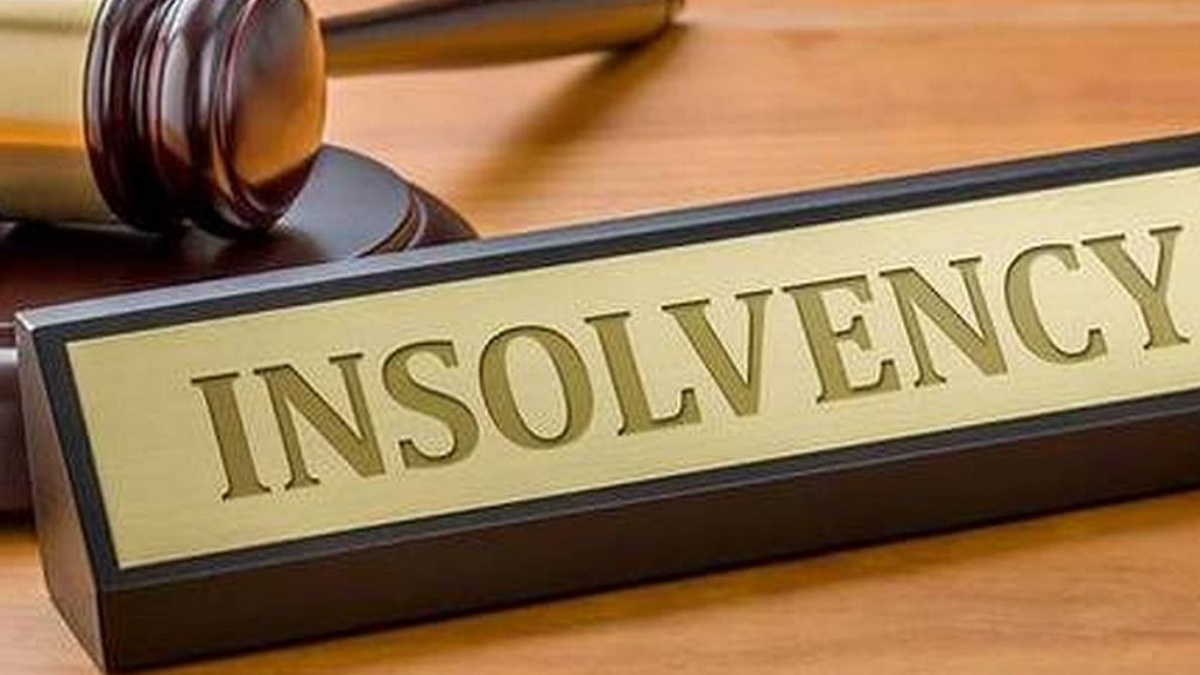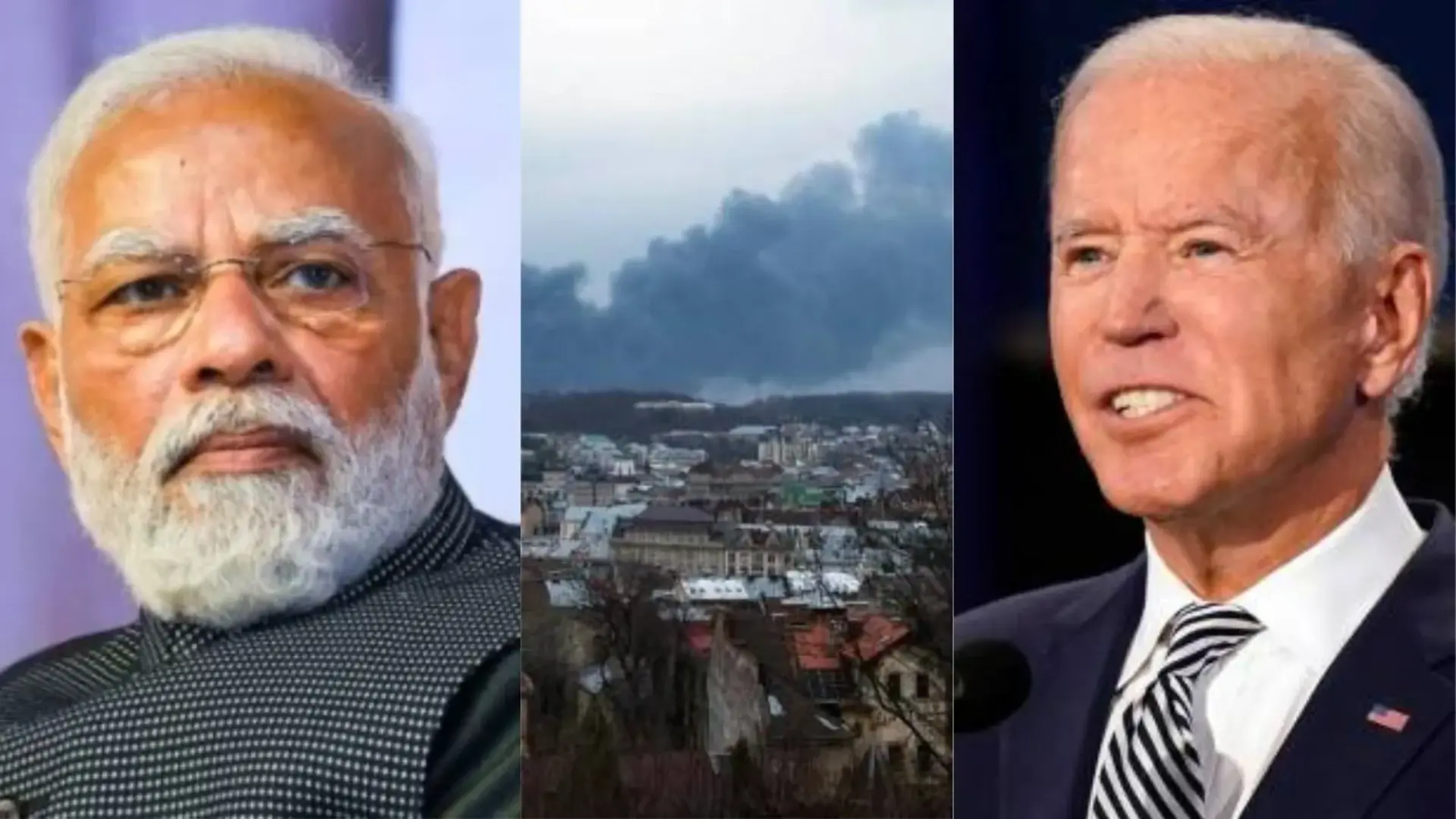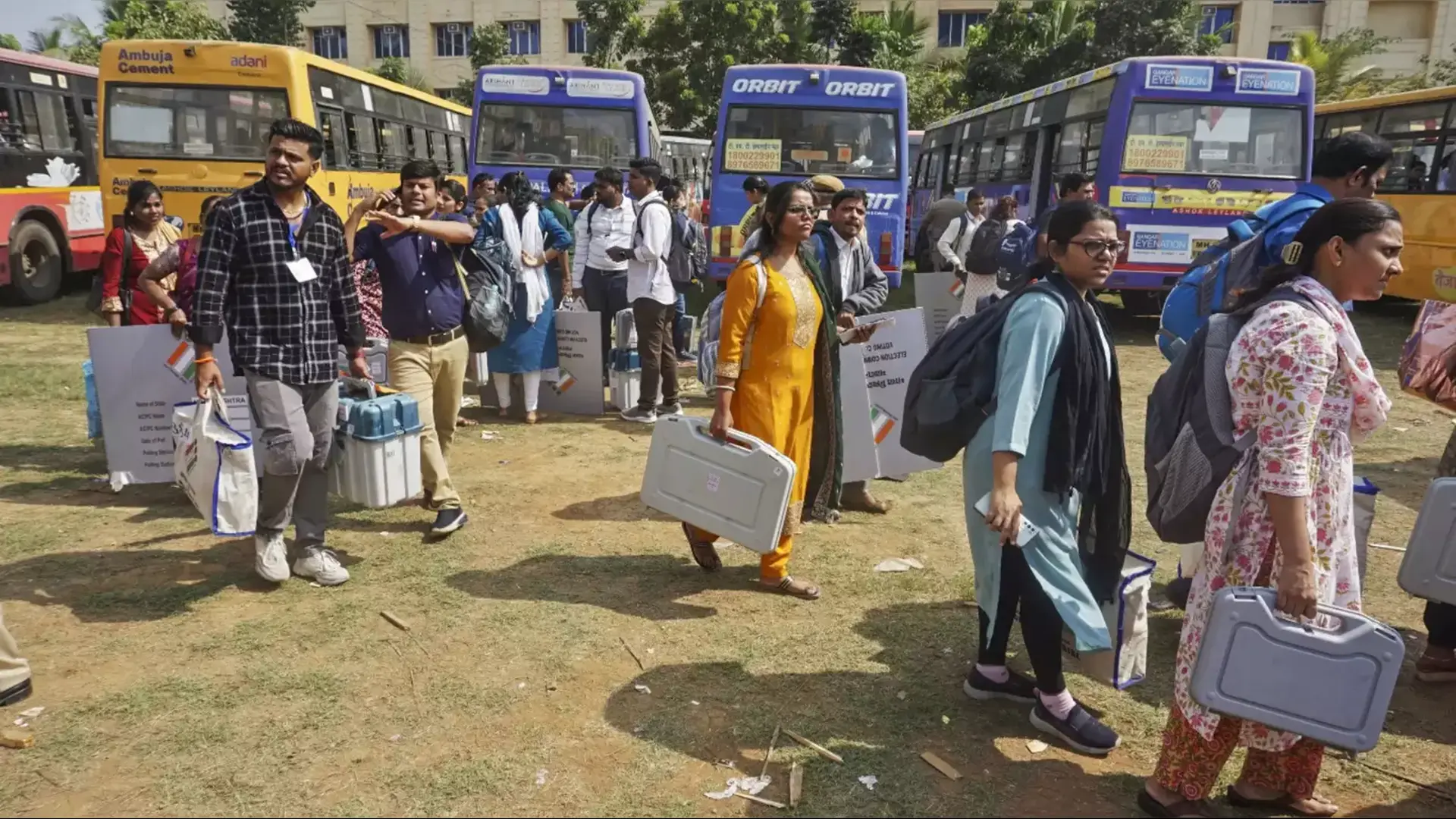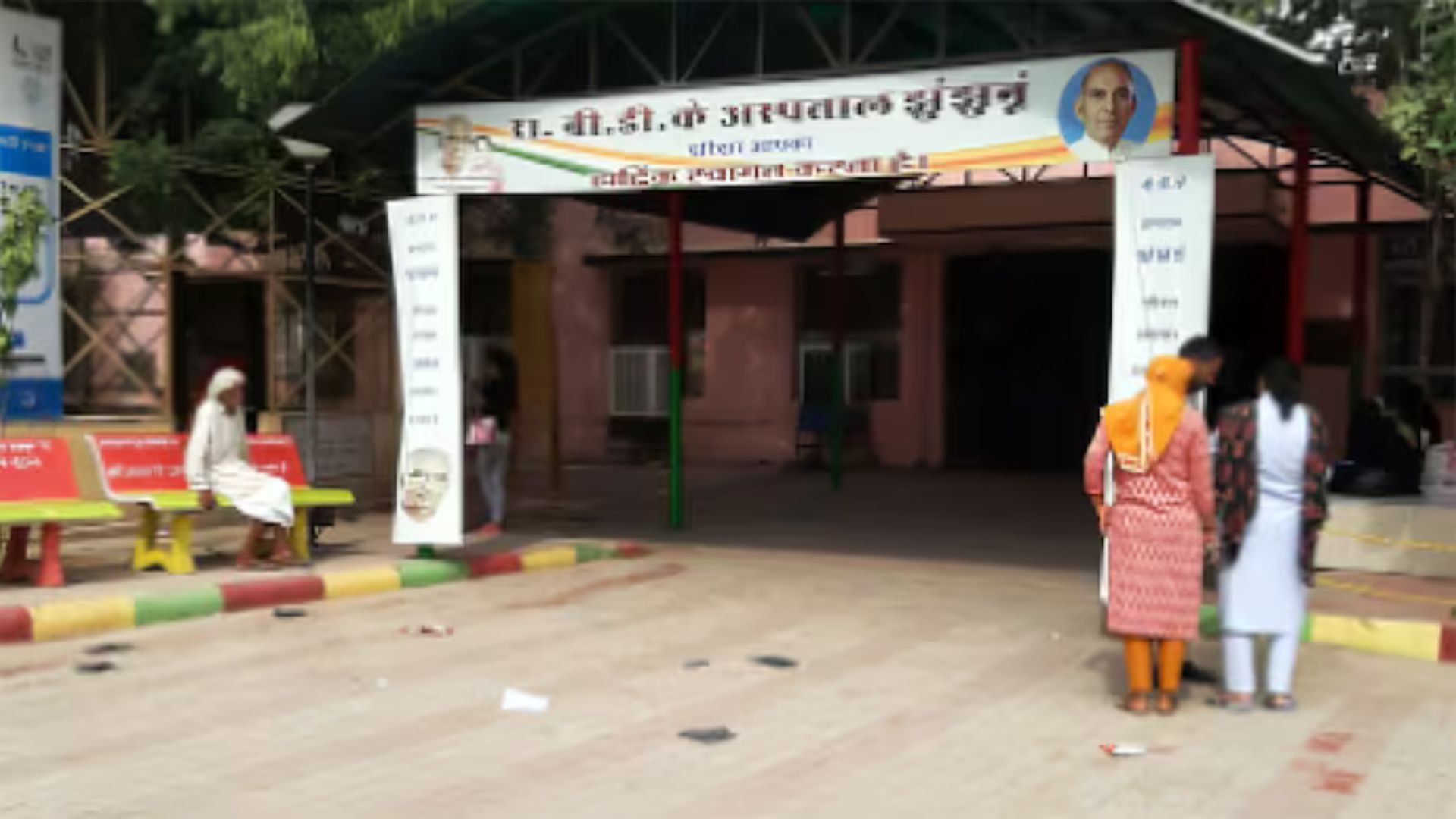
While entering the fifth year of existence, before COVID-19 moratorium was imposed the Insolvency and Bankruptcy code was already walking at the snail pace with various speed humps but after the sudden blow of COVID-19 NCLT will be facing the bigger problem such as deluge of cases once the moratorium is lifted.
As IBC was brought into existence with aim “to consolidate and amend the laws relating to reorganisation and insolvency resolution of corporate persons, partnership firms and individuals in a time bound manner for maximisation of value of assets of such persons, to promote entrepreneurship, availability of credit and balance the interests of all the stakeholders including alteration in the order of priority of payment of Government dues ” but everything came to abrupt halt in the calendar year of 2020 .
Across the world, it has been observed that the corporate which was in the pink of financial conditions before the pandemic brought down the GDP reflecting sharp decline in the economy. Supply chains are still unstable, valuation of the stock decreased due to global fall and in total the valuation of business fell steeply.
Looking at such scenarios, through various viewpoints it was suggested that Insolvency and Bankruptcy Code (2016) also needs little bit of cushioning to keep up with the change.
Former RBI Governor, Mr. Raghuram Rajan quotes in one of his interviews that “ a key step India needs to take in the run of economic recovery is to clean up the financial sector of past stresses. He further says that NCLT should be working in overdrive to clear out previous cases and prepare for the deluge of new ones.”
Insolvency and Bankruptcy code being a new legislation has been facing the problem of winding up the case within stipulated time and lack of manpower in NCLT in comparison to the cases filed; with this storm of COVID-19 and reimposition of moratorium, the real challenge which India would be facing will be when there is lifting of suspension on filing of new cases under the Code and there will be deluge of cases pre and post COVID-19 on NCLT.
On January 5,2020 first NCLT President, former Chief Justice Shri M.M. Kumar retired and the IBC has been without a full-time president ever since. On December 9, the Supreme Court of India in an order stated that former Justice Shri BSV Prakash Kumar who was acting NCLT president since Justice Kumar retired would continue to function as an acting President until appointment of the regular one.
Justice Shri. S.J. Mukhopadhaya who was the first chairperson of the NCLAT also completed his tenure in March. Justice Shri B.L.Bhat took over as an acting chairperson of NCLAT. Justice Shri AIS Cheema, Member (Judicial) has been designated as the officiating chairperson of National Company Law Appellate Tribunal with effect from 18th April’21.
The problem with manpower had hardly been resolved when a blow of COVID-19 shutdown happened in March in order to prevent the spread also led to shutdown of NCLT and NCLAT which affected the newly evolving legislation. However, other courts of law across the country eventually opted for online hearing of cases to lessen the burden of cases post lockdown, insolvency courts couldn’t do much with the same.
According to the report from official data, ‘63% of the more than 21,000 cases pending with NCLT benches as of end-January are IBC cases.’ Keeping in mind that IBC is an evolving legislation and with very limited NCLT benches, there is an urgent need to allow a simplified form of depot restructuring through different methods and look for alternate resolution for dispute settlement mechanisms under IBC rather than overburdening NCLT binding them with time and less manpower.
Another problem faced by NCLT is its infrastructure, since the establishment of the Code it has surpassed the capacity of the existing infrastructure and has resulted in an obstruction of cases even at the early stage of admission. A total of around 19,844 cases were pending before NCLT as of July 31, 2020 including 12,438 cases under IBC. During the FY 2020, almost 480 cases were admitted by the tribunal every quarter, if this existing pace continues it may take around six years to complete the backlog cases shaking the basic motive behind establishment of IBC i.e., resolution process in time bound manner.
Admission of cases under tribunal has been one of the major concerns in the current insolvency proceedings. It takes more than 14 days as envisaged in the code for the acceptance of the case. The performance of the tribunal has also differed from bench to bench with regard to resolution in a time bound manner. Places like Delhi and Mumbai with highest number of insolvency cases NCLT usually take for resolution more than 475 days in comparison to the national average of 440 days resolution process. On the other hand, places like Bangalore and Kolkata have better average of 352 and 339 days respectively.
History has been a great teacher. Those who ignore its lesson are ill fated. In order to meet the challenges in the ecosystem any implementation or legislation enactment needs to constantly evolve. Insolvency and Bankruptcy code is an evolving legislation and it was already struggling with the growing demand of the code.
Senior Adv. Mr. Ramji Srinivasan who has represented in major cases including IL&FS says “ The decision of the government keeping in mind the COVID-19 situation and providing a holiday against the defaults post lockdown and raising the threshold of the defaults will not only have positive but also negative impact.”
He further says that such rising of threshold will reflect a positive impact and will support and shield such businesses who are finding themselves in liquidity crises. On the other side, the negative impact will be on smaller businesses that owe smaller amounts by bigger businesses and are going through the difficulty of recovery of the amount.”
Another Senior Advocate Mr. Abhinav Vashisht said “There could be a tremendous rush post lockdown and the tribunal has to follow the process of prioritising the urgent matters for hearing given their present strength.”
Mr. Vashisht further adds “It’s important to take up urgent cases by the tribunal and some could be taken up later but until and unless there is no increase in the number all over the place, it would be extremely difficult to fill up the gap of more than an year of the non-filling and keeping in mind the current pandemic situation it would lead to further insolvencies”
When the case of Jet Airways Private limited knocked the door NCLT, the tribunal faced the requirement of actual, clear and elaborative provision on cross border insolvency not just two sections (Sections 234 and 235) which gives not a very clear idea as to how to deal with cross border insolvency. It is vital for the country to introduce the concept of cross border insolvency regime in the legal framework
In order to reduce the deluge of cases NCLT requires new offices, before new cases it is important to wipe out the old one and prepare for an avalanche of new cases.
Restructuring the debts seems to be on top priority for many firms as access to finance moving forward is extremely important for few firms, there when the concept of cleaning up financial sector comes into picture keeping in mind that one can lend when that is required.
Another aspect which should be considered by IBC is if the basic motive behind establishment of the code is to provide time bond resolution, it would be difficult to achieve such motive if NCLT and NCLAT are the only bodies deluged with resolution cases. There can be ‘out of court’ settlement in the case of insolvency disputes , it was not only reduce the pressure over the tribunals but will also provide flexibility to creditors and companies as every time the default of the company doesn’t mark the death of the company,
As quoted by Former RBI Governor , Mr. Raghuram Rajan that when IBC has moved two steps forward and one step backward due to COVID-19 pandemic ,it is important to prepare for the next phase . It is important to revitalise our companies, and it is equally important to prepare a plan where companies not only come out from this and reopen and grow.”















